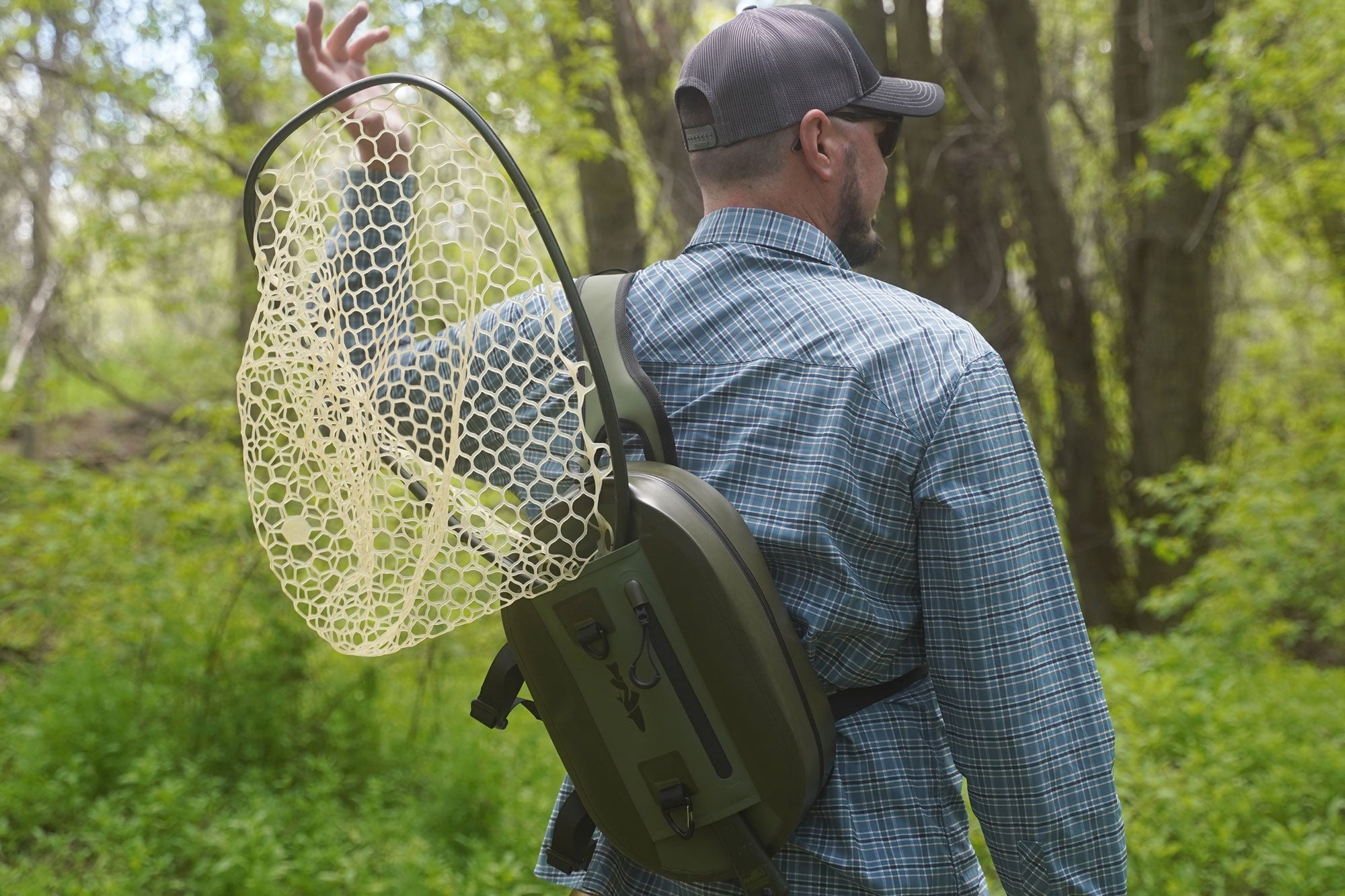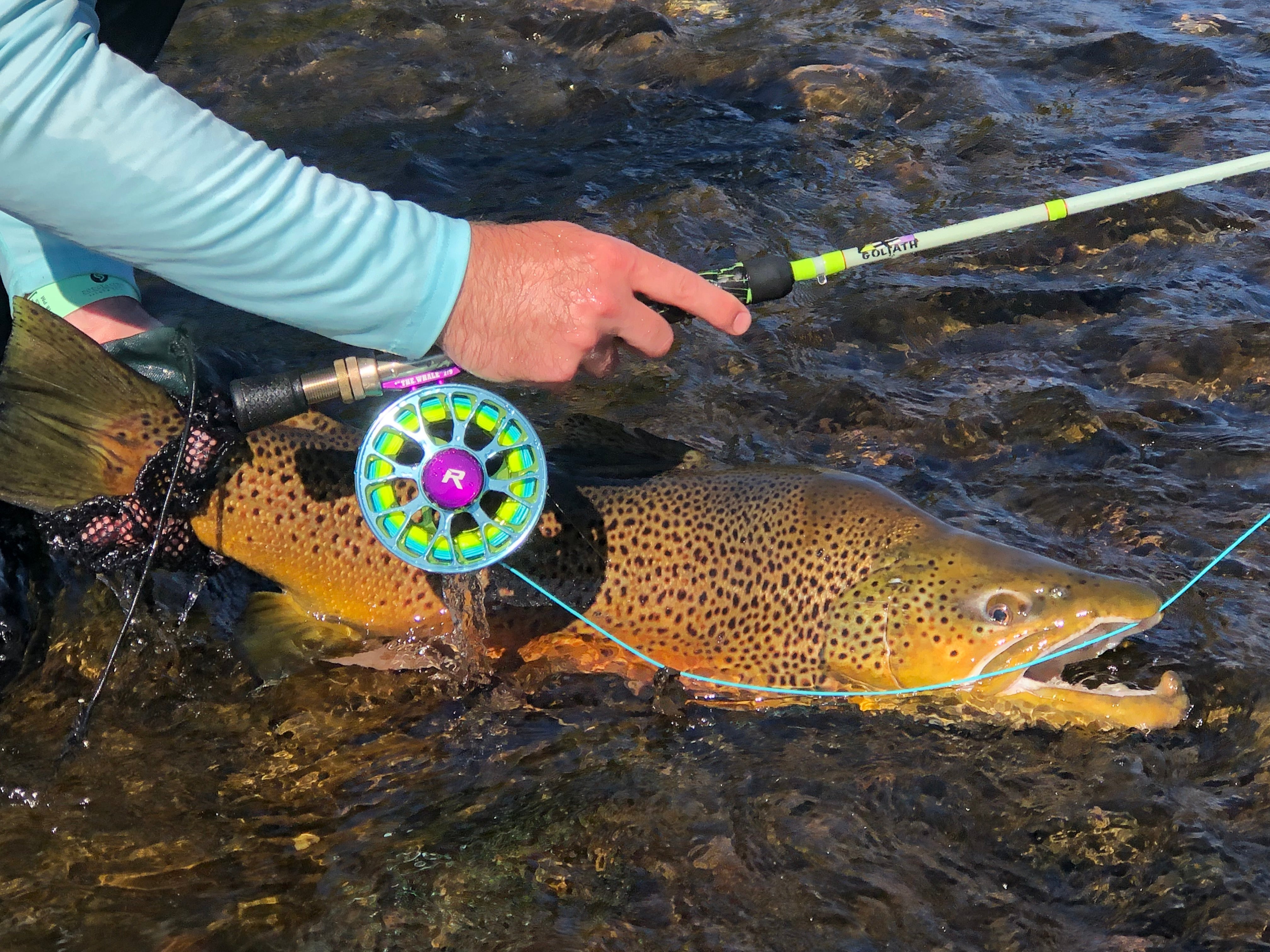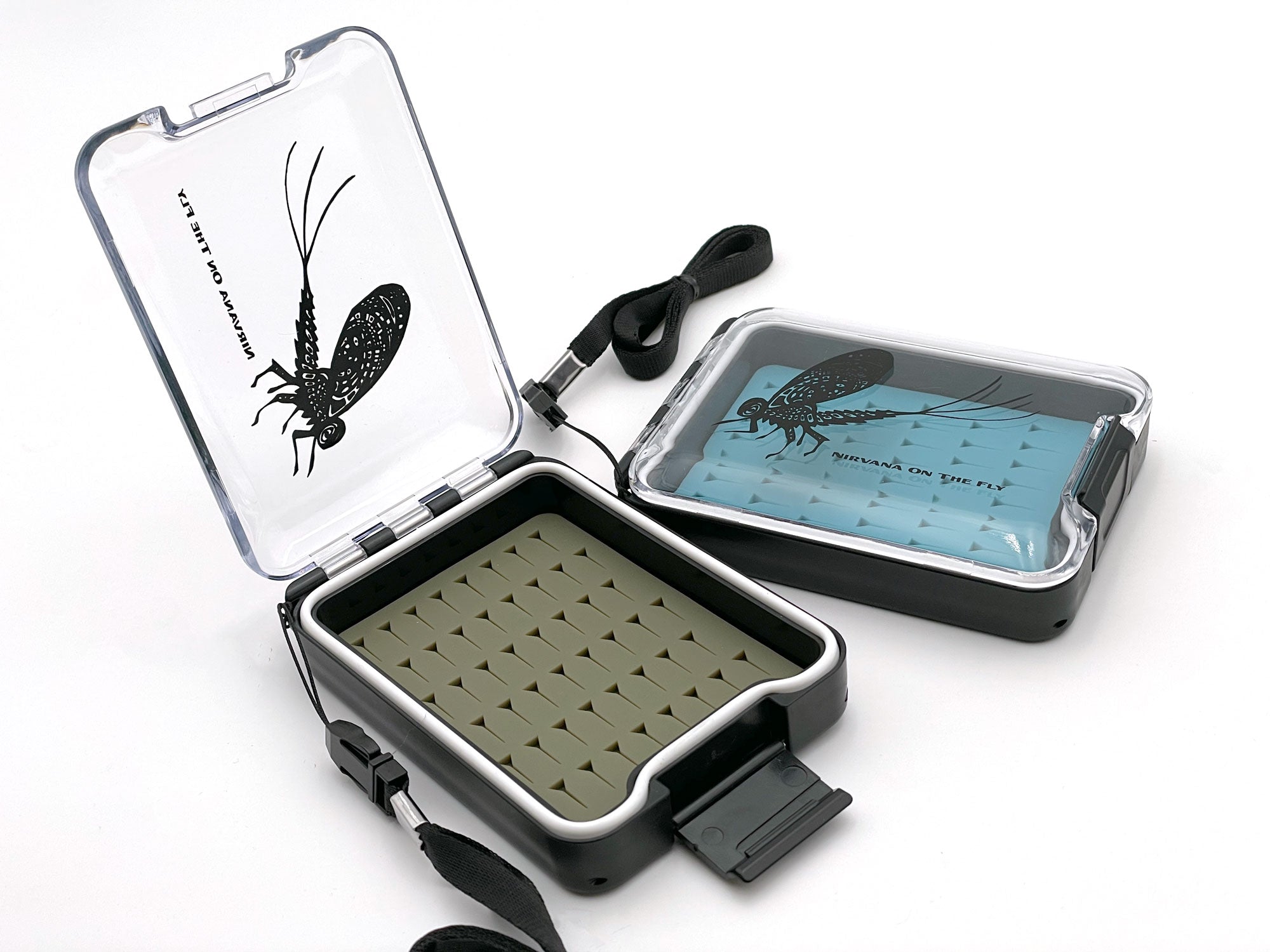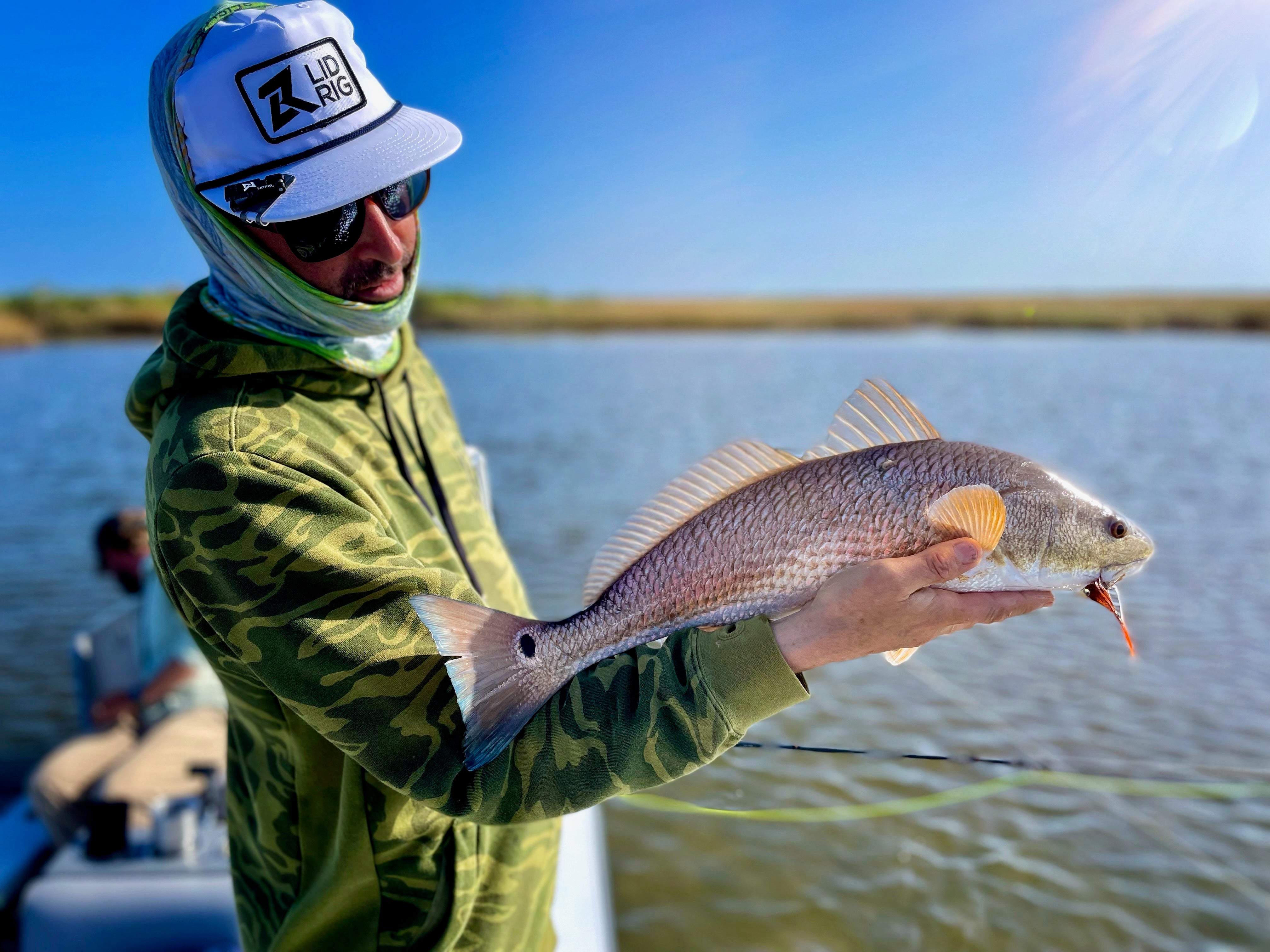If you haven’t already read, Moon Phases and Their Effect on Tides, then I suggest you start there. Fly fishing often leads enthusiasts to some of the most serene and picturesque water bodies. However, for those casting their lines in tidal areas, the beauty of these environments can sometimes contradict the underlying dangers posed by tidal swings. Understanding these risks is not just about a better fly fishing experience; it's a crucial aspect of ensuring safety. I had a friend get out on an exposed island while wading up in Boston and a few minutes later, he was in a bad spot. A tidal swing occurred and there was deep water and heavy currents between him and safety. Thankfully, he hustled and made it out but in just a few more minutes he could have been in extreme danger of drowning and if escaping extreme hypothermia.
The Tides and Their Power
Tides are the rise and fall of sea levels caused by the gravitational forces exerted by the Moon and the Sun and the rotation of the Earth. In coastal areas, these tides can vary significantly, with some locations experiencing dramatic swings. These tidal fluctuations can change the landscape of a fishing area within hours or even minutes, which can be both fascinating and extremely hazardous.
Dangers of Tidal Swings in Fly Fishing
- Unexpected Water Levels: The most apparent danger is the sudden change in water levels. An area that was easily accessible a few hours ago can become dangerously deep or completely submerged, posing a risk of drowning or stranding.
- Strong Currents: As the tide comes in or goes out, it can create powerful currents that are difficult to navigate. These currents can sweep an angler off their feet or make swimming back to shore nearly impossible.
- Changing Topography: The rising tide can alter the topography of a fishing spot. Submerged rocks, sudden drop-offs, and other underwater hazards can become serious risks.
- Shifts in Water Clarity and Temperature: Tidal swings can also cause rapid changes in water clarity and temperature, affecting fish behavior and, consequently, fishing strategies. These changes can disorient anglers, leading to potentially risky decisions.
- Barometric Pressure Changes: Tidal changes are often accompanied by shifts in barometric pressure, which can impact weather conditions. Sudden storms or fog can disorient anglers and make navigation challenging.
Tidal Swing Safety Tips for Fly Fishing Anglers
- Know the Tides: Always check the tidal charts for your fishing area and plan your trip accordingly. Understanding when and how the tides change will help you avoid getting into dangerous situations. The “know-before-you-go” method is seriously a best practice.
- Watch the Weather: Along with tides, keep an eye on the weather forecast. Rapid weather changes can be a hallmark of tidal areas. Weather alone can be a dangerous situation but combining weather with tidal swing is often a deadly situation for anglers.
- Have an Escape Plan: Be aware of your surroundings and have a clear plan to return to safety if the water level starts to rise unexpectedly. It is common to start hiking and moving around in coastal areas without a care. The difficulty is staying aware. It is much like any wading and looking to understand what the consequences are and how you will avoid an emergency situation without harming yourself.
- Use Appropriate Gear: Wear a personal flotation device and appropriate footwear. Also, consider a wading staff for stability in strong currents. All of these are options for protection. My best advice is that if you are thinking of these things then the situation is serious and avoidance needs to be considered.
- Fish with a Buddy: Whenever possible, fish with a partner. Having someone with you can be invaluable in case of an emergency. The key is to separate enough to be in different zones so you are not both safety compromised/
While tidal swings in fly fishing areas can offer unique and rewarding experiences, they are not without their risks. Awareness and preparation are key. By understanding the dynamics of tides and respecting their power, anglers can enjoy the beauty and challenge of fly fishing in these environments safely. Remember, the best fishing story is one where every participant returns home safe and sound.
To learn more about tides read these article, Continental Masses Affect Tides and Things That Throw Off a Tide
***Do you want to get deals on equipment, fly fishing trips, and lots of information? Become a member of the Loyalty Club on the Fly Fishing Insider Podcast.

By Christian Bacasa
Host of the Fly Fishing Insider Podcast
Fly Fishing Insider Podcast Official Website
Instagram Fly Fishing Insider Podcast
Instagram Dupeafish
Facebook
Pinterest
Twitter
LinkedIn
Tumblr






